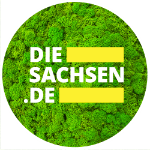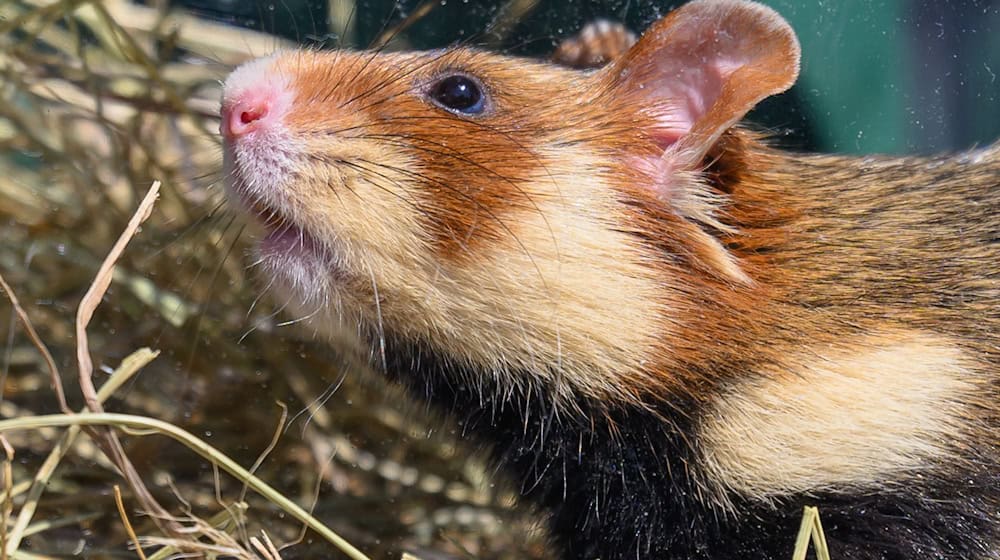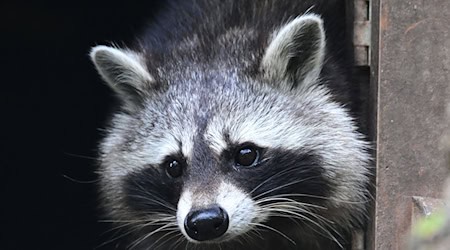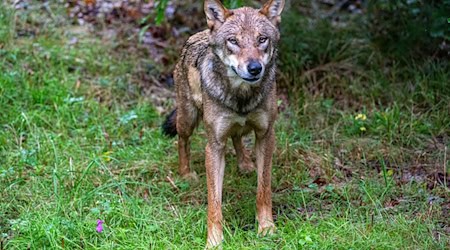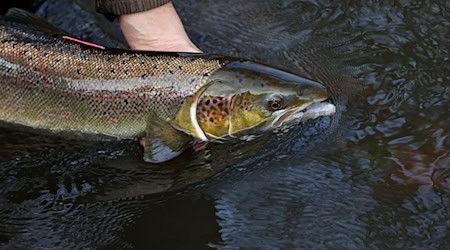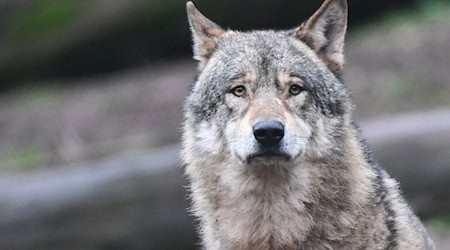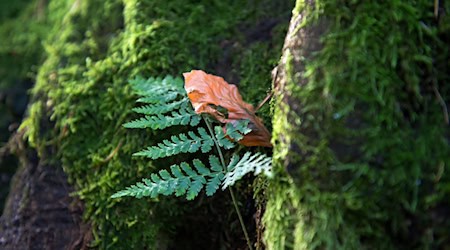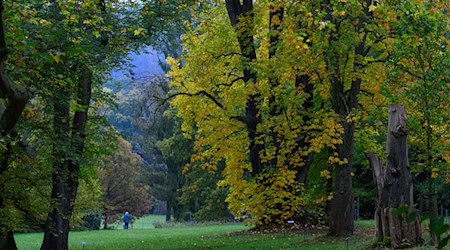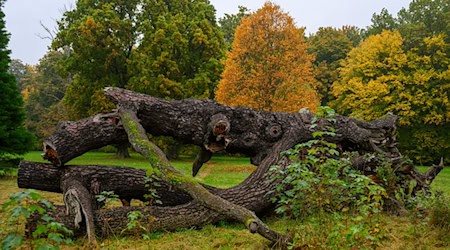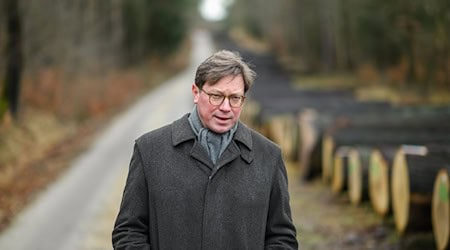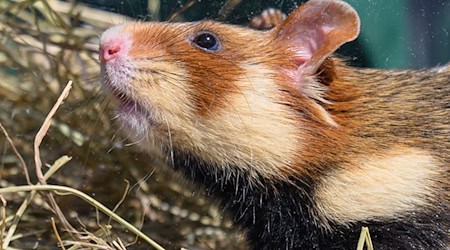Volunteer conservationists in Saxony want to focus on the European hamster at their annual meeting next Saturday. According to the Saxony Foundation for the Environment and Nature Conservation (Lanu), the keynote speech will be dedicated to this protected species. A project to reintroduce the European hamster is currently underway in the district of North Saxony under the motto "LIFE4HamsterSaxony". It extends over a period of six years. 12.2 million euros are being invested in the project. 75 percent of this is being funded by the European Union, with the remainder being shared by the state of Saxony, Leipzig Zoo and the district of North Saxony.
"Field hamster-friendly" farmland being created
Leipzig Zoo is raising field hamsters that will later be released into the wild. In addition, arable land in the animals' future habitat is to be made "hamster-friendly" with special cereal and flower strips. The small field dwellers should feel comfortable there and be able to reproduce independently. Even before the project was launched at the beginning of October, 179 hamsters were released into the wild in May. The authorities estimate that the population could already have grown to 300 hamsters. By 2031, 400 hectares of farmland should be habitable for the field hamster.
Field hamsters are regarded as "architects underground"
Field hamsters (Cricetus cricetus) are regarded as "architects underground" and live in a widely ramified burrow. They grow up to 35 centimetres in size and can weigh up to 500 grams. They hibernate from October to April. With their hamster cheeks, the animals have natural "shopping bags". The cheeks are extremely flexible and are used to transport seeds and grains for the larder in the burrow. The field hamsters are threatened by intensive agriculture and pesticides, for example.
Nature conservation with the help of volunteers in Saxony is dedicated to fauna and flora in a variety of ways. This will also become clear at the meeting on Saturday, which is not taking place in Neschwitz (Bautzen district) by chance. The small village on the edge of the Upper Lusatian Pond Landscape Biosphere Reserve is considered the cradle of Saxon ornithology. Today, it is home to the state bird observatory, among other things.
Excursions are part of the conference program
At the annual meeting, Environment Minister Georg-Ludwig von Breitenbuch (CDU) would like to honour particularly active volunteers. In the morning, excursions to the surrounding area are on the conference program. The afternoon is reserved for nature conservation lectures. Then the field hamster will also be discussed. "The European hamster is a key species for biodiversity in the agricultural landscape. Where it lives, corn buntings, yellow wagtails and many insect species also find sufficient food and habitat," emphasized Lanu Director Robert Clemen.
Around 1,200 volunteers involved in nature conservation in Saxony
According to the state foundation, around 1,200 volunteers are involved in the Free State's nature conservation service. They are based in the administrative districts, where they receive guidance and training. The volunteers support the lower nature conservation authorities, for example in monitoring relevant areas and collecting faunistic and botanical data.
Copyright 2025, dpa (www.dpa.de). All rights reserved
